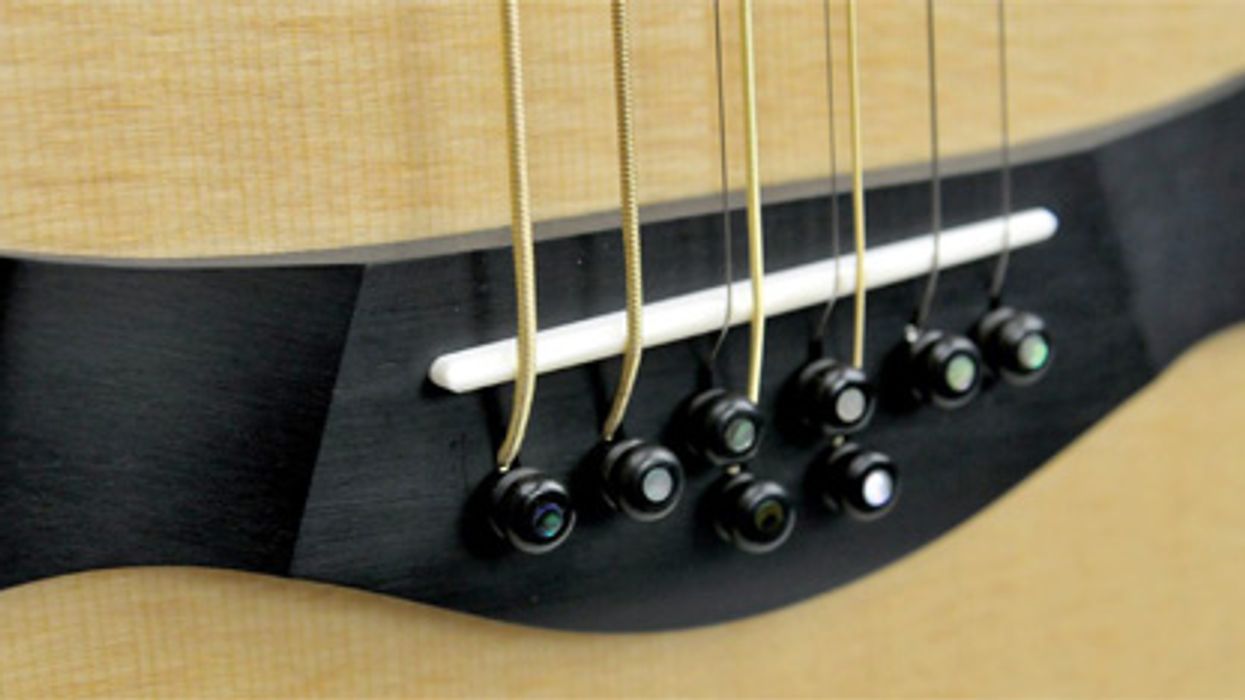Search
Latest Stories
Start your day right!
Get latest updates and insights delivered to your inbox.
taylor-12-string-6-string-baritone-octave-strings-voila-milestone-scale-features-indian-sitka-spruce-gold-tuners-electronics-expression-system
Don’t Miss Out
Get the latest updates and insights delivered to your inbox.
Recent
load more
